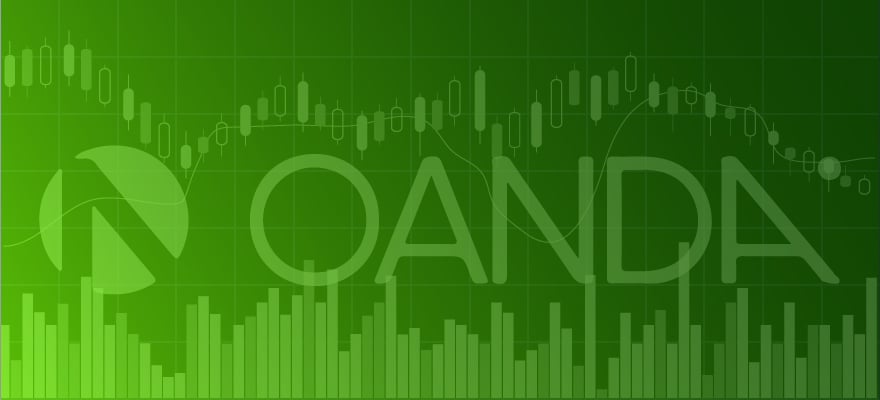Carry trades, and especially long positions on NZD/JPY have been popular in recent years, but receive a blow when risk aversion behavior takes over and erases the gains. Here's a better option of enjoying high yielding currencies, with less risk.
Guest post by Yohay Elam of Forex Crunch
In carry trades, the Forex trader buys a currency that has a high interest rate while selling a currency with a low interest rate. When the trade is carried overnight, the trader enjoys the relative part of this gap of interest rates. As he carries it for time, he earns more from this gap.
In 2008, taking a long position on NZD/JPY has been very popular. The New Zealand dollar enjoyed a very high interest rate of 8.75% while the Japanese Yen traditionally has a low interest rate, in order to stimulate the economy, suffering from deflation.
The problem with these carry trades is the risk that the position will go in the other direction. With the global crisis, the high yielding currencies were abandoned. One reason for this fall is that interest rates fell across the globe, making these currencies, such as the Aussie and the Kiwi less popular.
The carry trades got a blow from another direction: the Japanese Yen, as well as the US dollar, were sought after in times of trouble, being the so-called "safe haven" currencies. When bad economic news break out, the yen and dollar gain, while the Aussie and the Kiwi fall.
The Alternative - GBP/AUD Short
Carry traders will probably want to avoid currencies of emerging economies, even if they have a high Yield . This more safe pattern leaves us with the Australian and New Zealand dollars.
But on the other side of the equation, we can swap the 0.1% rate of the yen for a "less safe currency". In Canada, the interest rate is 0.25%, the Euro zone has 1%, Switzerland 0.25% and Britain 0.5%. All these rates are lower than Australia's 3.75% and New Zealand's 2.5%.
Out of all these countries having a low interest rate, the British economy is in the worst state. The economy is still contracting, no inflation fears exist and the national deficit is high.
This brings us to the smarter carry trade: GBP/AUD. The interest rate gap is 2.25% which is good enough. When the US dollar rises across the globe, both currencies fall together. When the dollar falls, the Aussie does better than the British Pound.
Carry trades are long term positions. Looking at 2009, GBP/AUD fell by 13% at the time of writing. A long term trade means that at times, this pair went higher.
But in the long run, traders that went GBP/AUD Short earned twice: both on the interest rate gap and on the pips. At current conditions, this trend is expected to continue.
Further posts on Forex Crunch which will be of interest:
* Forex demo account for technical analysis - the first step in the markets.
* List of top ten forex blogs.













